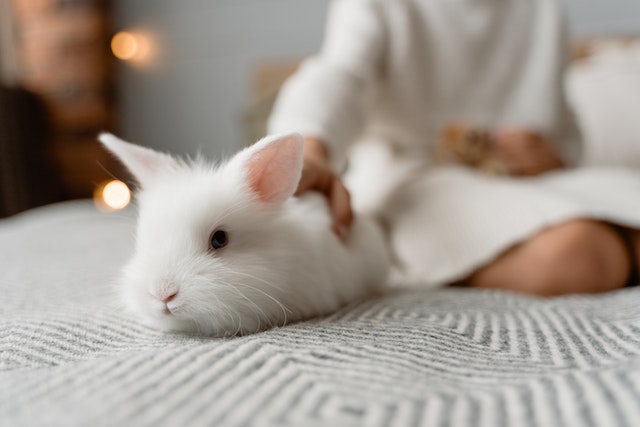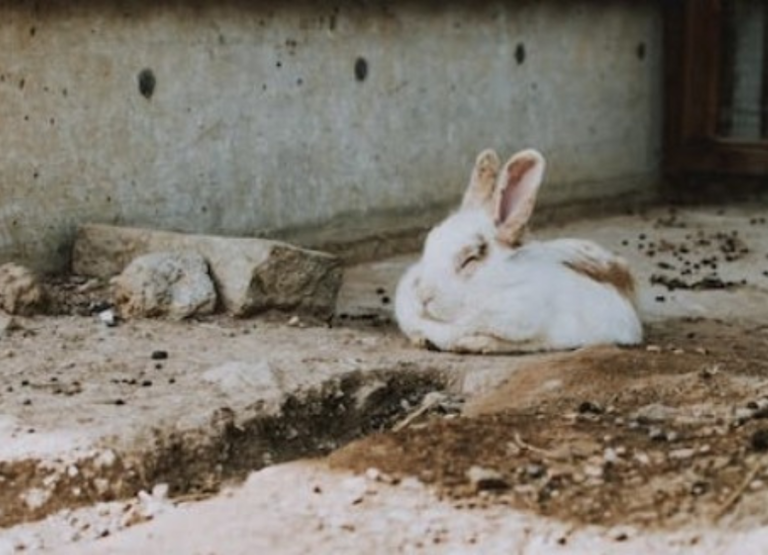25 Unique Behaviour of a Rabbit & Body Language
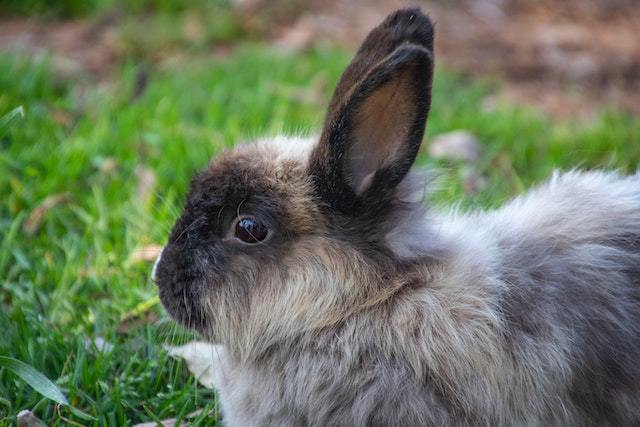
Let’s discuss the most common behaviour of a rabbit and their meaning…
Welcome, buckle up because we’re about to dive into the intriguing behavior of these adorable furry creatures.
From their hoppy antics to their social dynamics, get ready to discover the secrets behind what makes rabbits tick.
Let’s hop to it!
Behaviour of a Rabbit
Here are some of the unique behaviour of a rabbit and their meaning:
1. Thumping
When a rabbit thumps its hind legs on the ground, it is a behavior that serves as a warning signal.
Rabbits have a highly developed sense of hearing and are sensitive to their environment.
Thumping is typically used by rabbits to communicate danger or as a way to alert other rabbits about a potential threat.
If you see a rabbit thumping, it’s a good idea to pay attention and investigate what might be causing the rabbit to feel alarmed.
2. Binkying
Binkying is a joyful behavior commonly observed in rabbits. It involves a series of exuberant jumps, twists, and kicks in the air.
When a rabbit binkies, it usually indicates that they are feeling happy, playful, and content.
It’s a delightful sight to witness, as it demonstrates a rabbit’s enthusiasm and overall well-being.
Binkying is often seen during playtime or when a rabbit is particularly excited.
3. Chinning
Chinning is a peculiar behavior exhibited by rabbits where they rub their chin and jawline against objects or individuals.
When a rabbit engages in chinning, it’s a way for them to mark their territory.
Rabbits have scent glands located beneath their chin, and by leaving their scent on objects or people, they are claiming ownership and creating a familiar and safe space within their environment.
Chinning is a natural instinct for rabbits and helps them establish their personal boundaries.
4. Loud Teeth Grinding
Rabbits have continuously growing teeth, and grinding their teeth together is a behavior known as bruxing.
While soft teeth grinding is associated with contentment and relaxation, loud teeth grinding can indicate pain or discomfort.
If you hear your rabbit grinding its teeth loudly, it’s important to monitor their behavior and check for signs of illness or dental issues.
If you’re unsure about the cause of the loud teeth grinding, it’s advisable to consult a veterinarian to ensure the health and well-being of your rabbit.
5. Twitching Nose
Rabbits have an incredibly sensitive sense of smell, and their twitching nose is a natural and constant behavior.
It’s a way for rabbits to gather information about their surroundings and detect any potential threats or sources of food.
The twitching of their nose helps them draw in air and directs the scent particles toward their olfactory receptors, enhancing their ability to detect even the faintest of smells.
So, when you see a rabbit’s nose twitching, it’s a sign that they are actively exploring their environment and using their keen sense of smell.
6. Nudging
When a rabbit nudges an object or a person, it typically indicates a few different things. Firstly, it can be a sign of affection.
Rabbits are social animals, and nudging is often their way of showing that they are comfortable and content in your presence.
It’s their version of a gentle nudge to get your attention or seek some petting. On the other hand, nudging can also be a territorial behavior.
Rabbits have scent glands under their chins, and by rubbing against objects or people, they leave their scent behind to mark their territory.
So, if your rabbit nudges you persistently, they may be asserting their dominance or claiming you as their own.
7. Digging
Digging is a natural behavior for rabbits. In the wild, they dig burrows to create safe and comfortable shelters.
When domesticated rabbits exhibit digging behavior, it could be a sign of various things. Firstly, it might indicate a need for exercise or mental stimulation.
Providing your rabbit with appropriate toys, digging boxes filled with safe materials like hay or shredded paper, or supervised outdoor time can help satisfy their digging instincts.
Additionally, rabbits may dig to create nests. Female rabbits, in particular, may dig when they are pregnant or preparing to give birth.
If you notice digging behavior paired with nesting behaviors, it’s a good idea to provide your rabbit with a suitable nesting box and nesting materials to support their natural instincts.
8. Flopping
When a rabbit flops over onto its side or back, it’s a display of extreme relaxation and trust.
Flopping is a behavior that is unique to rabbits and is often seen when they feel safe and comfortable in their environment.
It’s their way of saying, “I’m completely at ease here.” Flopping can happen during playtime, after a grooming session, or when they are simply enjoying a moment of relaxation.
It’s a positive and contented behavior that indicates your rabbit feels secure and happy.
9. Alert Posture
Rabbits have a highly developed sense of hearing and are always vigilant for potential threats.
When a rabbit adopts an alert posture, it means they have detected something that has caught their attention.
They may stand upright on their hind legs, ears erect, and their body tensed.
This behavior indicates that your rabbit is being cautious or wary, trying to assess if there is any danger or if they need to be on the lookout.
It’s important to respect their space during these moments and avoid startling them further.
10. Nest Building
Nest building is a behavior often observed in female rabbits, especially when they are expecting or have given birth to kits (baby rabbits).
It involves gathering materials like hay, straw, and fur to create a cozy nest for their offspring.
If your female rabbit starts pulling out her fur and arranging it in a particular area, it’s a strong indication that she is preparing to give birth.
Providing her with suitable nesting materials and a quiet, private space will help her feel secure during this time.
11. Circling Behavior
Rabbits occasionally exhibit circling behavior, where they continuously run in circles or create circular patterns in their environment. This behavior can have several meanings.
One common interpretation is that circling is a way for rabbits to mark their territory or establish dominance. It can also be a sign of excitement or joy when rabbits are playing or expressing their happiness.
However, if the circling behavior is incessant or accompanied by other signs of distress, it could indicate an underlying health issue, such as vestibular disease, and it’s important to consult a veterinarian.
12. Chewing Habits
Rabbits are notorious chewers, and their chewing habits serve multiple purposes. Firstly, rabbits have continuously growing teeth, so chewing helps wear down their teeth and prevent overgrowth.
Additionally, chewing is a way for rabbits to explore their environment and keep themselves mentally stimulated. It also helps to keep their jaws strong and healthy.
However, excessive chewing, especially on inappropriate objects like electrical cords or furniture, could indicate boredom or a lack of appropriate chew toys.
Providing a variety of safe chew toys and ensuring their environment is enriched can help redirect their chewing behavior.
13. Fur Pulling
Fur pulling in rabbits refers to a behavior where they pull out their own fur using their teeth.
This behavior can have various causes and meanings. In some cases, rabbits may engage in fur pulling as part of their grooming routine, especially during molting seasons when they shed their fur.
However, if rabbits excessively pull out their fur, creating bald patches or showing signs of skin irritation, it could be a sign of stress, anxiety, or an underlying medical issue.
It’s important to observe their behavior, provide a stress-free environment, and consult a veterinarian if necessary.
14. Ear Positions
Rabbits have highly expressive ears that can move and change positions based on their emotions and the environment around them.
The position of a rabbit’s ears can convey important information about their mood.
For instance, when a rabbit’s ears are erect and facing forward, it indicates attentiveness and curiosity.
If their ears are relaxed and held loosely, it usually signifies a content and relaxed state.
Conversely, flattened ears pressed tightly against their body may indicate fear, stress, or a defensive posture.
By paying attention to their ear positions along with other body language cues, you can better understand how a rabbit is feeling.
15. Loud Tooth Purring
Rabbits engage in a behavior known as tooth purring, which is a soft, rhythmic grinding sound produced by their teeth.
However, tooth purring can sometimes be quite loud and intense.
Loud tooth purring in rabbits typically occurs when they are feeling extremely relaxed, content, or comfortable.
It is often observed during gentle petting or while they are resting peacefully.
Loud tooth purring is usually a positive sign and indicates that the rabbit is happy and enjoying the interaction or environment.
16. Standing up
When a rabbit stands up on its hind legs, it can signify different things based on the context.
It could indicate that the rabbit is curious and trying to get a better view of its surroundings. This behavior is often observed when rabbits are alert and trying to assess potential threats or changes in their environment.
If a rabbit stands up and remains still with ears erect, it may be a sign of vigilance or caution.
17. Tail Position
Rabbits communicate through various body language cues, including their tail positions.
A relaxed rabbit usually keeps its tail down or slightly raised. However, when a rabbit’s tail is raised high and straight up, it might indicate excitement or happiness.
On the other hand, if the tail is tucked tightly against its body, it may suggest fear, anxiety, or a defensive posture.
18. Hiding or Trying to Run Away
Rabbits are prey animals, so it’s natural for them to exhibit behaviors like hiding or attempting to flee when they feel threatened or scared.
If a rabbit hides, it may seek cover in a burrow, under furniture, or in enclosed spaces to feel secure. Similarly, when a rabbit tries to run away, it’s a clear sign of fear or extreme discomfort.
It’s important to create a safe and calm environment for rabbits to help them feel secure and minimize stress.
19. Not Grooming
Grooming is an essential behavior for rabbits. They meticulously clean themselves throughout the day to maintain their fur and remove dirt.
However, if a rabbit stops grooming itself, it could indicate an underlying health issue or discomfort.
It’s crucial to monitor your rabbit’s grooming habits, as a sudden change or lack of grooming may warrant a visit to a veterinarian to rule out any medical problems.
20. Over-grooming
While grooming is normal, excessive grooming or fur pulling can be a sign of stress or boredom in rabbits.
Over-grooming can lead to fur loss and even skin problems. If you notice your rabbit excessively grooming a particular area or showing signs of hair loss, it’s important to address the underlying cause.
Providing environmental enrichment, such as toys, tunnels, and social interaction, can help alleviate boredom and reduce over-grooming tendencies.
21. Playing With the Water Supply
When rabbits engage in playing with the water supply, it can be quite entertaining to watch. It’s important to note that this behavior is not necessarily related to thirst.
Rabbits are naturally curious animals, and playing with water can be a form of exploration and entertainment for them. It’s their way of investigating and interacting with their environment.
So, if you see your rabbit splashing or pawing at the water, it’s likely just enjoying the sensory experience rather than expressing a specific message.
22. Pawing at the Corners or Wire-Biting
Rabbits have continuously growing teeth, and they need to chew to keep them properly worn down.
When rabbits paw at the corners of wire or engage in wire-biting behavior, it often indicates a need for dental maintenance.
The wire or corners may provide a rough surface that helps them grind their teeth down.
This behavior can be a sign that their teeth are too long or misaligned, and they are trying to alleviate any discomfort.
If you observe this behavior in your rabbit, it’s essential to consult a veterinarian to ensure proper dental care.
Read more about showing your rabbits you love them.
23. Running and Hopping
When rabbits run and hop around, it’s usually a sign of joy and contentment. This behavior is commonly known as a “binky” and is an expression of happiness in rabbits.
They may twist their bodies mid-air or do sudden jumps and kicks, displaying their exuberance. It’s their way of releasing pent-up energy and expressing their overall well-being.
So, if you witness your rabbit darting around and hopping gleefully, it’s a good indicator that they are feeling happy and playful.
24. Biting
Rabbits have a natural tendency to nibble and explore things with their teeth, but biting can have different meanings depending on the context.
If a rabbit gently nips while being petted, it may be a sign that they are not comfortable with the interaction or that they want you to stop.
It’s their way of setting boundaries. On the other hand, if a rabbit bites with force or aggression, it can be a sign of fear, pain, or territorial behavior.
In such cases, it’s important to observe the situation and identify the underlying cause. If the biting behavior persists or becomes problematic, consulting a rabbit-savvy veterinarian or an animal behaviorist is recommended.
25. Loud Vocalizations
Rabbits are generally quiet animals, but they do have a range of vocalizations to communicate their needs and feelings.
If you hear your rabbit making loud vocalizations, such as growling, grunting, or screaming, it’s a sign of distress or fear.
They may be trying to express that they feel threatened or uncomfortable in their environment. It’s crucial to identify the source of their distress and ensure their safety and well-being.
Loud vocalizations can also occur if a rabbit is in pain or experiencing health issues. In such cases, immediate veterinary attention is necessary.
Read more about abnormal rabbit behaviours.
Related Questions
Are rabbits social animals?
Rabbits are social creatures that thrive on companionship. In the wild, they live in groups and enjoy interacting with other rabbits. It’s important to consider this when keeping rabbits as pets, as they can become lonely and stressed if kept alone for extended periods.
Do rabbits need a lot of exercise?
Yes, rabbits are active animals and require plenty of exercise to stay healthy and happy. Providing them with a spacious enclosure or allowing them to roam in a rabbit-proofed area is essential. Regular exercise not only helps them stay physically fit but also provides mental stimulation.
Read more about signs of depression in rabbits.
Why do rabbits thump their feet?
When rabbits thump their hind feet, it’s their way of communicating that they sense danger or are feeling stressed. This behavior is often seen in response to loud noises or unfamiliar situations. It’s important to create a calm and secure environment for rabbits to minimize this behavior.
Do rabbits like to be picked up and held?
While some rabbits may enjoy being held and cuddled, many prefer to have their feet on the ground. It’s important to respect their individual preferences and handle them gently. Forcing a rabbit to be held can cause stress and may lead to negative behaviors.
Why do rabbits chew on everything?
Rabbits have continuously growing teeth, and chewing helps them keep their teeth worn down to a healthy length. Additionally, it’s a natural behavior for them to explore and investigate their environment through chewing. Providing appropriate chew toys and ensuring their living space is rabbit-proofed can help redirect this behavior.
Read more about the signs of a stressed rabbit.
How do rabbits show affection?
Rabbits express affection in various ways, such as grooming each other, nuzzling, or even gently nudging their human companions. They may also enjoy being petted and will often seek out attention from their trusted caregivers. Building a strong bond with your rabbit through positive interactions can help foster a loving relationship.
Read more about why your rabbit is acting weird.
Conclusion
In conclusion, understanding a rabbit’s behavior is key to providing them with a happy and healthy life. By observing their body language, providing a stimulating environment, and offering plenty of social interaction, you can ensure that your furry friend thrives. So, let’s hop into the wonderful world of bunny behavior and create a truly enriching experience for our adorable companions!

![12 Abnormal Rabbit Behaviour [Meaning & Tips] Abnormal Rabbit Behaviour](https://petcreeks.com/wp-content/uploads/2023/10/pexels-magda-ehlers-9348913.jpg)
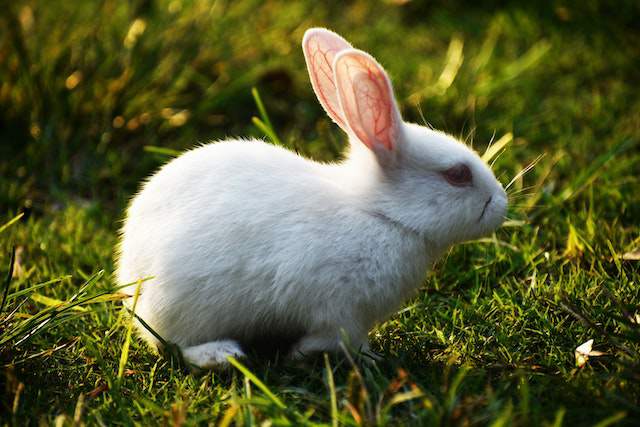
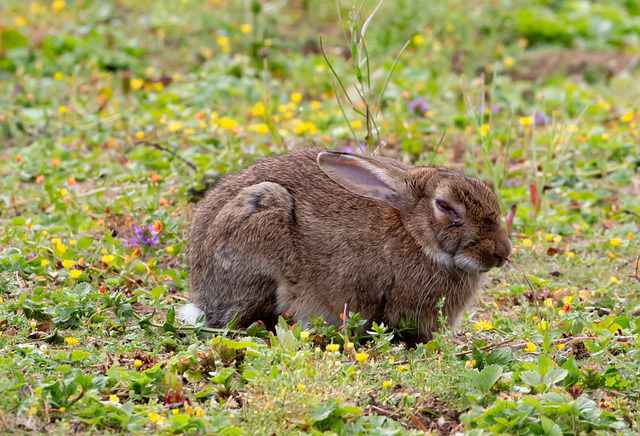
![12 Common Signs Your Rabbit Is Dying [Comfort Them] Signs Your Rabbit is Dying](https://petcreeks.com/wp-content/uploads/2023/10/rabbit-905971_640.jpg)
